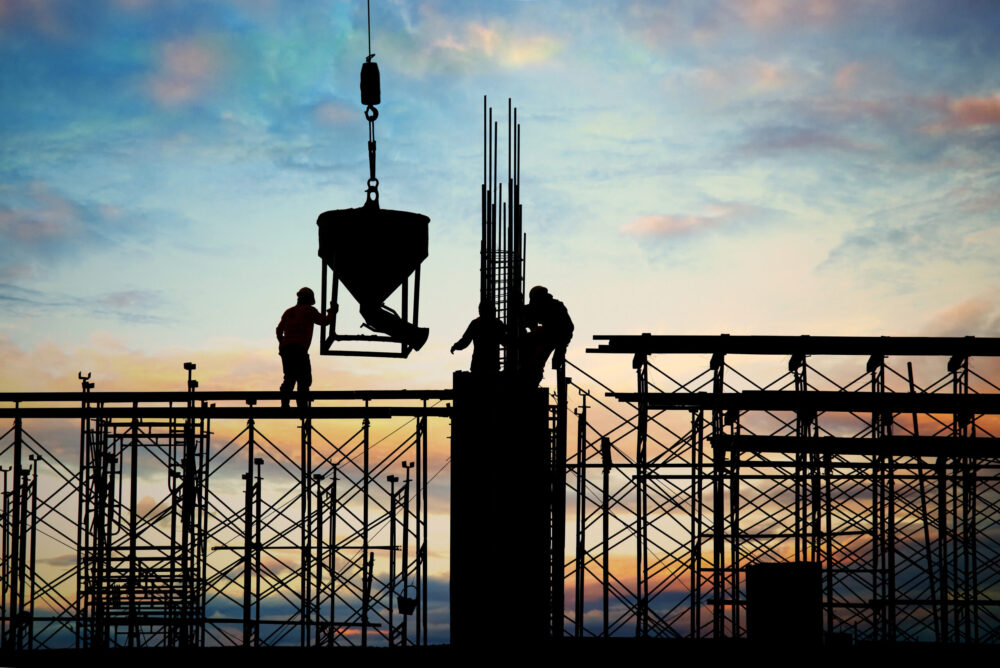Table of Contents
Enhancing Construction Safety: The Importance of Site Signage
Construction sites are no strangers to workplace injuries, and they rank among the industries with the highest accident rates in the private sector. This is hardly surprising given the inherent risks associated with working in construction: heavy machinery, elevated workspaces, and numerous moving parts. The “fatal five” categories—falls, struck-by-object incidents, electrocutions, vehicle collisions, and caught-in-between accidents—account for a significant portion of these fatalities. Thus, construction site safety signage plays a pivotal role in addressing these critical safety concerns, making it a cornerstone of employee well-being. Beyond being a moral imperative, it’s a legal requirement in Australia, where strict regulations govern safety signage on construction sites.
Committed to Safety: Australia’s Work Health and Safety Strategy
The Australian Work Health and Safety Strategy 2012–2022 has set ambitious targets, aiming to reduce serious injuries by at least 30% and work-related fatalities caused by injuries by at least 20% by 2022. Given the construction industry’s alarming accident rates, the Strategy places a significant focus on this sector to achieve its objectives.
Why Is Construction Site Signage So Crucial?
Initiating Your Project Safely
Construction site safety signs are indispensable in the initial stages of project approval and commencement. The design of safety solutions forms a critical part of early discussions involving project commissioners, designers, and principal contractors. Once the project is underway, it becomes the legal responsibility of the principal contractor to ensure that on-site signage meets the necessary standards.
Preventing Injuries and Saving Lives
While signage can’t replace well-trained staff, it plays an essential role in reinforcing safety practices. Knowledgeable employees understand which signs to follow, when to follow them, and where to find them.
Some construction site safety signs serve as simple reminders, highlighting essential precautions, potential dangers, and rules and regulations. Others provide vital information about emergency exits, fire extinguishers, and first aid kits. In either case, these signs keep both staff and visitors informed, enabling everyone to work effectively and ensuring the project progresses without hitches.
Types of Construction Site Signage
Obligations: Blue on White
Obligation signs delineate mandatory actions to be taken in specific areas of the construction site. They typically feature blue symbols on a white background. Typical examples include:
- Mandatory Headgear
- Mandatory High-Visibility Vest
- Mandatory Hearing Protection
- Mandatory Eye Protection
Prohibitions: Red on White
Prohibition signs convey actions that are strictly prohibited within specific areas of the site or on the site as a whole. These signs often use red text on a white background and may include:
- No Entry
- No Smoking
- No Cameras
- Do Not Touch
- No Mobile Phones
Warning/Caution: Yellow and Black
Warning or caution signs, bearing yellow and black color schemes, indicate non-life-threatening risks that could lead to minor to moderate injuries if not heeded. They include warnings about:
- Uneven Surfaces
- High Voltage
- Hot Surfaces
- Vehicles Operating in This Area
Danger: Red, Black, and White
Danger signs are striking with their red, black, and white design. These signs warn of severe hazards that could result in life-threatening situations or serious injuries. They often provide specific details about the particular risk. Examples include:
- Confined Spaces
- Flammable Materials
- High Voltage

Safety Instructions: Green and White
Safety instruction signs, featuring green and white coloring, provide guidelines and procedures that enhance safety on the construction site. They cover various aspects, such as:
- Emergency Exits
- First Aid Kits
- Emergency Procedures
- Material and Machinery Handling Protocols
In conclusion, construction site safety signage is not just a formality—it’s a vital component of every construction project in Australia. It contributes significantly to preventing injuries, saving lives, and ensuring that projects proceed smoothly. Understanding the different types of signs and their meanings is crucial for all personnel on construction sites, helping to create a safer and more secure working environment.

